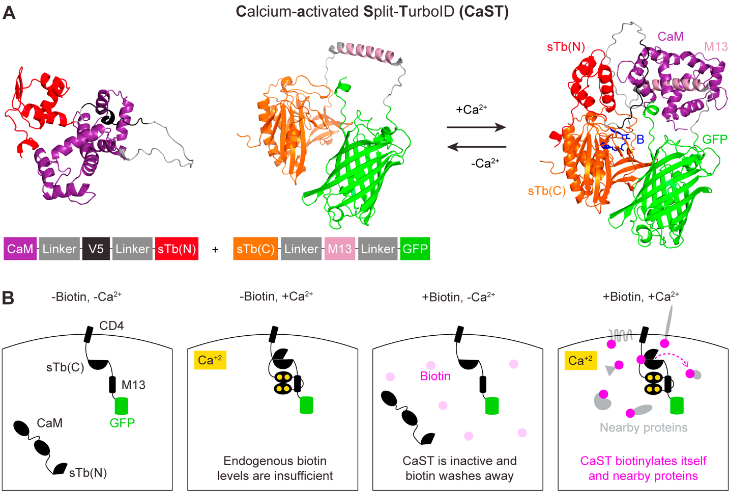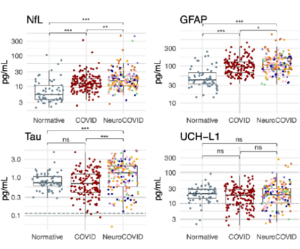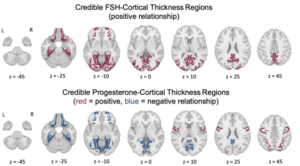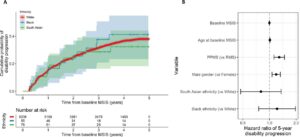
“Rapid, biochemical tagging of cellular activity history in vivo.”
Run Zhang, et al. – UC Davis.
Zhang and colleagues report the generation of Ca2+-activated Split-TurboID (CaST), a new tool for marking neurons active during a specific time period in freely-behaving animals. They adapted the split-TurboID system such that CaST biotinylates neuronal proteins when intracellular calcium elevates, allowing cells active during the labeling window to be recognized by streptavidin. Rather than dynamically and transiently capture the millisecond-level activity patterns of neurons like optical reporters such as GCaMP, CaST provides a long-lasting readout of neuronal activity over tens of minutes. Previous attempts at generating such readouts, such as FLiCRE, rely on transcription and translation of activity-dependent genes over several hours; in contrast, CaST samples can be collected within minutes of neuronal stimulation.






